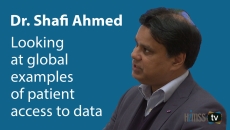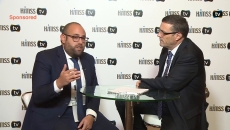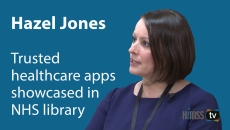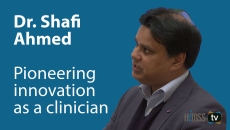Patient Engagement
Providing the patient with control of their data is essential and that smartphones are an indispensable tool for empowering the patient, says Dr. Shafi Ahmed, CMO, Medical Realities.
Primary care visits to nurse practitioners and physician assistants increased 129 percent from 2012 to 2016, report shows.
About a quarter of respondents thought mergers and acquisitions were threats to their health, and many place more trust in smaller practices.
For patients referred for an in-person specialty care visit, the median wait time decreased from 50 days before eConsult to 28 days with similar results for high-urgency patients.
The UK's University Hospital Southampton NHS Foundation Trust CIO Adrian Byrne, outlines his organization's path toward developing an electronic patient record (EPR), which involved an integration engine and standard messaging.
Health systems can improve competitiveness by meeting consumer demand for more timely and accessible care.
SPONSORED
Ali Slimani, Cerner's general manager of strategic partnerships for Middle East sales, says Cerner is aligned with IHI's "Quadruple Aim," which includes improving patient and clinician experience, creating better healthcare outcomes well as lowering overall cost of care.
Case study: Grady Health used an AI machine to generate which patients were most at risk of coming back to them within 30 days, and then dispatched EMS staff to visit them.
Hazel Jones, Apps & Wearables program director at NHS Digital, discusses the wide range of healthcare apps that were put through a stringent assessment process before being showcased in the UK's NHS apps library.
Clinicians can be inventors and embrace change by ensuring the patient voice remains prominent when developing innovative strategies at a leadership level, says Dr. Shafi Ahmed, CMO, Medical Realities.





